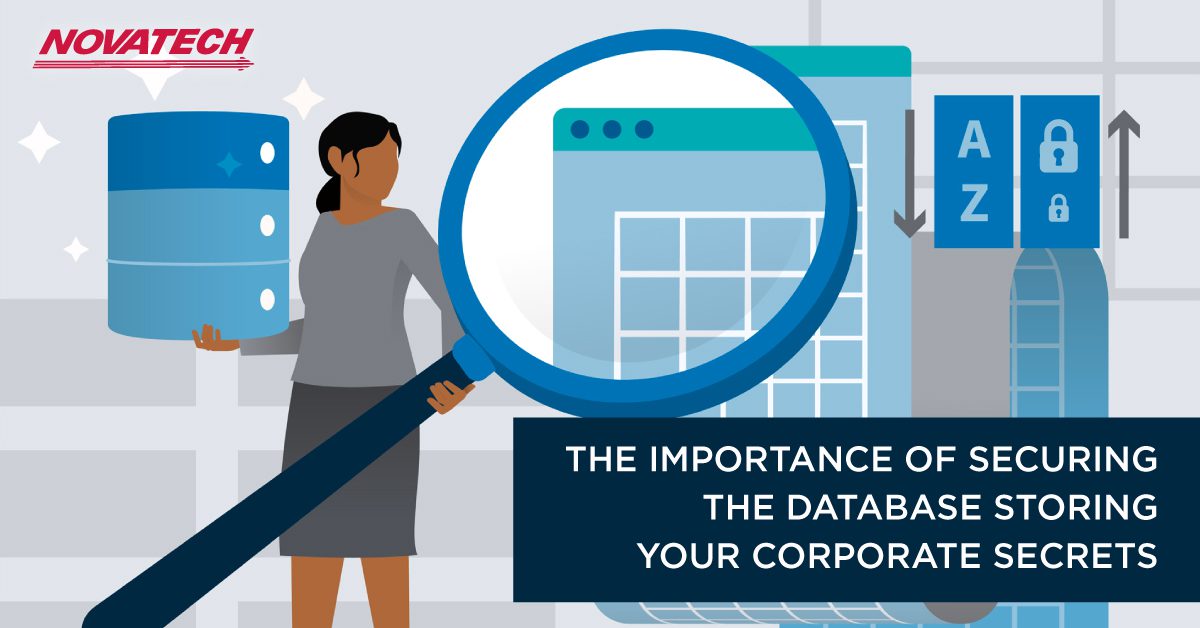Preserving the Value in Your Structured Data: Are You Managing It Appropriately?
2 min read

Data is ubiquitous to nearly every organization, regardless of size. Yet, some business leaders don’t view it holistically as their most important, mission-critical asset. They may recognize the value of their Salesforce database for helping close deals or understand the importance of securing the database storing corporate secrets. Yet, they have not embraced the reality that data holds the key to their future success.
This is a serious problem in the era of digital disruption because data forms the foundation of insight. Unless firms can identify, organize, and productively use their data for market analyses, customer modeling, competitive evaluation, and other business activities, they will not succeed against their nimbler, information-focused competitors.
Gaining control over data and using it effectively requires a concerted effort, and business leaders must start somewhere. One of the first steps, in my opinion, is to grasp the differences between the two types of data (structured and unstructured) and identify how they can productively use both.
In this article, I’ll discuss structured data. You can read my thoughts on managing unstructured data (and securing it, which is crucial), here.
Defining and Managing Structured Data
Structured data is any digital information that has been interpreted and organized to fit a preset data model, with data fields in fixed and/or predefined record lengths with controlled “key” fields that identify and facilitate the data’s structure. Even though it accounts for only 20 percent of data, structured data has an inherent organization that lets it act as a blueprint for companies and their teams to make constructive use of all their information — including unstructured data.
Furthermore, structured data can hold unstructured data within it, enabling companies to harness volumes of unstructured data (80 percent of all data) for business needs. If you are wondering how this is possible, here’s an example: A form asks questions with a drop-down list of answers but also allows users to add free-form comments. The answers from the pick list are structured data, but the comments field captures unstructured data. All of it can now be processed, analyzed, and tagged.
Overcoming Impediments
Despite structured data’s relative ease of use, it can remain elusive. In many firms, stores of structured data remain untapped because business owners aren’t aware they exist or don’t know what to do with them. In others, company leaders are not managing and securing those stores appropriately.
Unless you and your teams identify all your structured data sources and create a proactive plan to utilize them, you may overlook significant product/service development, sales, and marketing opportunities, resulting in loss of competitive advantage. It’s that simple.
In essence, structured data is the digital equivalent of a group of file cabinets, neatly arranged, and with every file and folder clearly labeled. In an increasingly disorganized world, with the global collective pool of data growing at a rate of 1.7 megabytes per second, structured data helps companies make sense of it all.


